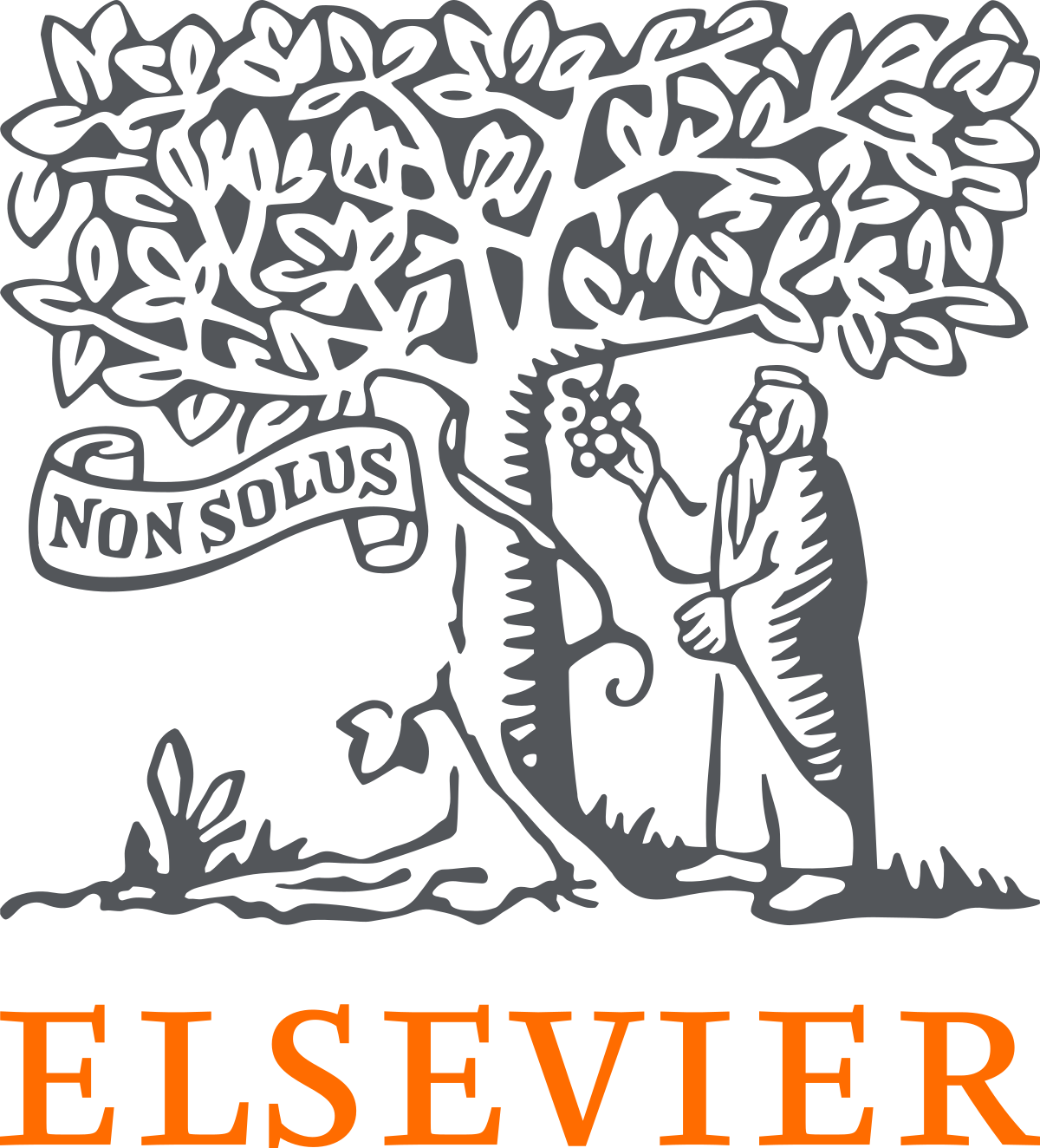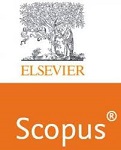An Secured Intrusion Detection System Integrated with the Conditional Random Field For the Manet Network
Keywords:
Conventional Random Field, Intrusion Detection System, MANET, Security, DSR protocolAbstract
MANET is a wireless network that lacks infrastructural support. Most operations they perform are coordinated between nodes because of their limited transmission range. Assess the secure MANET routing protocol in a malicious environment. However, in the MANET environment security is an important constraint that affects the data transmission rate and cause data loss. This paper developed an Intrusion Detection System Conditional RandomField (IDS – CRF) model for security. The developed model uses the hashing function integrated with the Conditional Random Field model. The IDS – CRF model uses the label sequences for data security in the MANET environment. The model uses the DSR protocol with the discriminative field to process the secure data in the MANET. The proposed IDS-CRF model uses the hashing function for improved data transmission security in the MANET environment. The performance of the proposed IDS – CRF model is comparatively examined with the conventional DSR protocol. The comparative analysis expressed that the proposed IDS – CRF model achieves the ~4% reduction in the delay and ~2% reduction in the routing overhead. Similarly, the proposed IDS – CRF model achieves the ~4% reduced energy consumption. In terms of the Packet delivery ratio and throughput the proposed IDS – CRF model achieves the ~4% - ~6% improved performance than DSR model.
Downloads
References
Rathish, C. R., Karpagavadivu, K., Sindhuja, P., & Kousalya, A. (2021). A Hybrid Efficient Distributed Clustering Algorithm Based Intrusion Detection System to Enhance Security in MANET. Information Technology and Control, 50(1), 45-54.
Bandecchi, S., & Dascalu, N. (2021). Intrusion Detection Scheme in Secure Zone Based System. Journal of Computing and Natural Science, 19-25.
Chawla, K., Gill, J., & Singh, M. (2021). Comprehensive Survey of IDS Techniques in Mobile Ad Hoc Network (MANET). Soft Computing for Intelligent Systems, 435-449.
Gandage, S. C. (2021). AN EFFICIENT REVIEW OF IDS IN MANET USING PSO. Turkish Journal of Computer and Mathematics Education (TURCOMAT), 12(12), 4873-4879.
Khalifa, M. M., Ucan, O. N., & Alheeti, K. M. A. (2021, December). New Intrusion Detection System to Protect MANET Networks Employing Machine Learning Techniques. In 2021 International Conference of Modern Trends in Information and Communication Technology Industry (MTICTI) (pp. 1-6). IEEE.
Chawhan, M. D., Karmarkar, K., Almelkar, G., Borkar, D., Kulat, K. D., & Neole, B. (2022, April). Identification and prevention of Gray hole attack using IDS mechanism in MANET. In 2022 10th International Conference on Emerging Trends in Engineering and Technology-Signal and Information Processing (ICETET-SIP-22) (pp. 1-6). IEEE.
Gao, X., Du, W., Liu, W., Wu, R., & Zhan, F. (2020, December). A Lightweight and Efficient Physical Layer Key Generation Mechanism for MANETs. In 2020 IEEE 6th International Conference on Computer and Communications (ICCC) (pp. 1010-1015). IEEE.
Brindha, V., Karthikeyan, T., & Manimegalai, P. (2019). Fuzzy enhanced secure multicast routing for improving authentication in MANET. Cluster computing, 22(4), 9615-9623.
MOHINDRA, A. R., & GANDHI, C. (2021). A secure cryptography based clustering mechanism for improving the data transmission in MANET. Walailak Journal of Science and Technology (WJST), 18(6), 8987-18.
Kaur, I., & Rao, A. L. N. (2013). Adaptive group key management in mobile ad-hoc networks (MANETs). International Journal of Computer Applications, 70(11).
Kumar, A., & Aggarwal, A. (2012, February). Performance analysis of MANET using elliptic curve cryptosystem. In 2012 14th International Conference on Advanced Communication Technology (ICACT) (pp. 201-206). IEEE.
MOHINDRA, A. R., & GANDHI, C. (2021). A secure cryptography based clustering mechanism for improving the data transmission in MANET. Walailak Journal of Science and Technology (WJST), 18(6), 8987-18.
Wilson, A. J., & Radhamani, A. S. (2022). Real time flood disaster monitoring based on energy efficient ensemble clustering mechanism in wireless sensor network. Software: Practice and Experience, 52(1), 254-276.
Asaamoning, G., Mendes, P., & Magaia, N. (2021). A Dynamic Clustering Mechanism With Load-Balancing for Flying Ad Hoc Networks. IEEE Access, 9, 158574-158586.
Huang, C. M., Dao, D. T., & Mai, C. M. (2017, January). Location-Based Service (LBS) data sharing using the k-member-limited clustering mechanism over the 4G and Wi Fi hybrid wireless mobile networks. In 2017 International Conference on Information Networking (ICOIN) (pp. 526-531). IEEE.
Anil, G. N. (2021, April). Multi-level Trust Modelling to Resist Impact of Routing Attacks on Reliable Data/Communication Transactions in MANET-IoT Ecosystem. In Computer Science On-line Conference (pp. 196-205). Springer, Cham.

Downloads
Published
How to Cite
Issue
Section
License
Copyright (c) 2023 Burhan R. Rexhepi, Avneesh Kumar, M. S. Gowtham, R. Rajalakshmi, Divya Paikaray, Pronab Kumar Adhikari

This work is licensed under a Creative Commons Attribution-ShareAlike 4.0 International License.
All papers should be submitted electronically. All submitted manuscripts must be original work that is not under submission at another journal or under consideration for publication in another form, such as a monograph or chapter of a book. Authors of submitted papers are obligated not to submit their paper for publication elsewhere until an editorial decision is rendered on their submission. Further, authors of accepted papers are prohibited from publishing the results in other publications that appear before the paper is published in the Journal unless they receive approval for doing so from the Editor-In-Chief.
IJISAE open access articles are licensed under a Creative Commons Attribution-ShareAlike 4.0 International License. This license lets the audience to give appropriate credit, provide a link to the license, and indicate if changes were made and if they remix, transform, or build upon the material, they must distribute contributions under the same license as the original.





